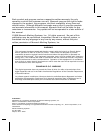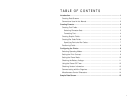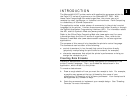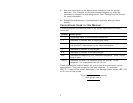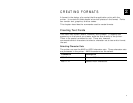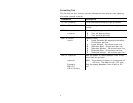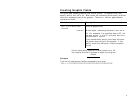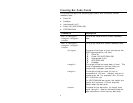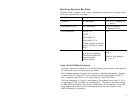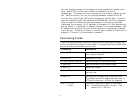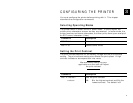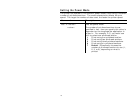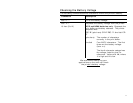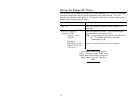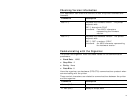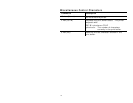
7
Specifying Particular Bar Codes
Values for the <length> and <data> parameters depend on the type of bar
code you choose with
<bctype>.
Bar Code
<length> <data>
Code 39 9 (maximum) 0-9, A-Z, -, (space), $,
/, +, and %
Interleaved 2 of 5 16 (maximum) Pairs of numeric
characters (0-9)
UPC/EAN/JAN UPCA: 12
UPCE: 7
EAN/JAN-8: 8
EAN/JAN-13: 13
These lengths are fixed
and all include a check
digit.
0-9
Codabar
15 (maximum) plus start
and stop characters.
The printer adds the
stop character
automatically.
Data: 0-9, $, -, :, /, .,
and +.
Start: a (the default),
b, c, or d.
Code 128 (UCC/EAN-128) Details
<length> can be a maximum of 13 (with alphanumeric/control code data) or
26 (if subset C and numeric pairs are used).
Each subset enables the bar code to contain different characters. Subset
A uses 20-3F hex and 40-7F hex (read by the bar code reader as 00-7F
hex), subset B uses 20-7F hex, and subset C uses 30-39 hex.
The first character of
<data> must specify the subset to be used: A, B, or
C (listed as 87, 88, and 89 hex, respectively). The rest of the data can be
all 256 ASCII characters by using a combination of the subsets. The data
must appear as numeric pairs corresponding to the hex values for the
ASCII character in question.



